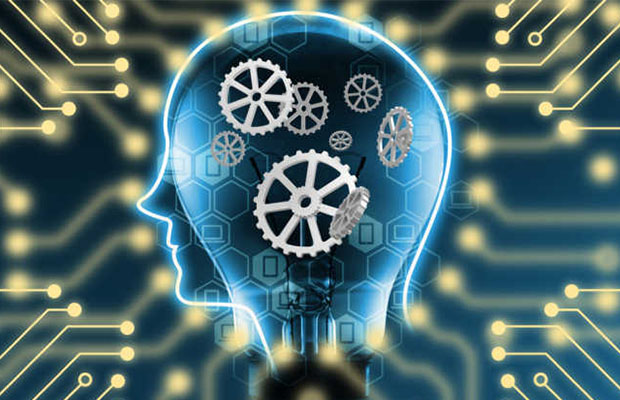A machine learning solution is a complete set of intellectual property, tools, and software for AI development across a vast array of devices.
Data and artificial intelligence (AI) are hot topics in today’s society. There is fierce competition for innovative solutions because many businesses now have their own data scientists.
In this blog, I will go through everything about machine learning solutions, keep reading and find out more.
Table of Contents
What is Machine Learning?
Machine learning (ML) entails an advanced level of self-awareness of computers and systems. In this case, special algorithms can assist devices in understanding and enhancing performance based on experiences. Machines then apply this knowledge to exponentially increase their functionality and problem-solving efficiency.
Machine learning uses artificial intelligence (AI) to perform a range of tasks. Machines create mathematical models using sample data to make highly informed predictions about potential outcomes. This offers countless business application possibilities, making it a pillar of Industry 4.0. ML techniques are applicable to practically every sector, including banking, marketing, agriculture, healthcare, manufacturing, and telecommunications.
What is Machine Learning Solutions?
A machine learning (ML) solution is a complete set of intellectual property, tools, and software for AI development across a vast array of devices.
All ML processes necessary for AI, such as supervised learning, unsupervised learning, semi-supervised learning, and reinforcement learning, can be powered by a comprehensive ML solution.
Why Do Machine Learning Solutions Matter?
Complete ML solutions that start at the device level are essential because the “machine” in ML is becoming more erratic. Everywhere must have ML enabled, from a centralized datacenter to a network’s outermost edges, from smartphones and fitness trackers to industrial machinery and sensors for preventive maintenance.

With the help of ML solutions, development efforts can be replicated and sustained across a variety of ecosystems and applications, such as data processing on low-power devices in an edge or IoT environment.
Also Read: How Machine Learning Improves Marketing?
How to Build a Machine Learning Solution?
Here are sixes steps for building an ML solution.
1. Analyze Your Business Needs and Product Requirements
As soon as you decide that ML needs to be implemented, we analyze your tasks, presumptively find a solution, and organize the work scope and development process.
2. Prepare and Process Data
During this drawn-out but crucial step, we analyze your data, visualize it for better comprehension, possibly choose a subset of the most useful data, and then preprocess and transform it to produce a reliable dataset. In the following step, we divided the dataset into three data sets: training, (cross)validation, and test sets. the first to develop a model’s specifications and train it. The second step is to adjust the model’s options and parameters to get the best outcomes. Lastly, after training, a real model is evaluated for how well it performs a task.
3. Feature Engineering
Feature engineering is a crucial step in the data preparation process that involves cleaning the data and taking away from it before adding to it. Feature engineering, the essential component of perfect model accuracy, entails using domain expertise to manually add new features to a raw dataset. This necessitates a thorough comprehension of the relevant industry and the issue the model will attempt to address.
4. Model Development
To determine which model produces the most accurate results, we will train several different ones here. We experiment with a variety of model types, feature selection, regularization, and tuning of the hyperparameters until we obtain a well-trained model that is neither underfit nor overfit. We assess model accuracy for each experiment using the appropriate metric for the particular problem and dataset.
5. Deploy a Model
The steps involved in putting a model into production depend on your organization’s infrastructure, the amount of data available, the accuracy of all previous steps, and whether you’re using machine learning as a service or a standalone product.
6. Review and Update the Model
Even after the model is finished, the project goes on. To define your model’s performance over time and make necessary improvements, we will assist you in tracking the metrics and using testing.
Read More: How to Deploy Machine Learning Models?
Conclusion on Machine Learning Solutions
Fundamentally, machine learning (ML) is the process of enabling various systems to learn from data and make judgments or produce other results based on inputs.
ML solutions can quickly become fragmented or outdated given the pace of innovation, and might work well for one very specific device or environment, but not for others, creating immense complexity.
Read More: What Is Machine Learning Inference?




